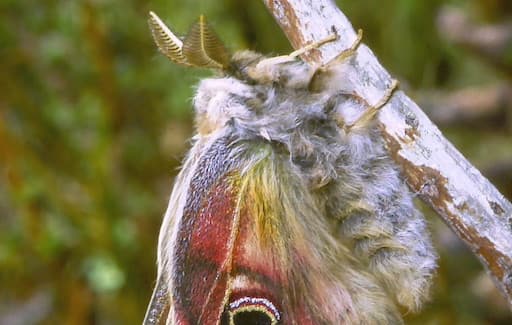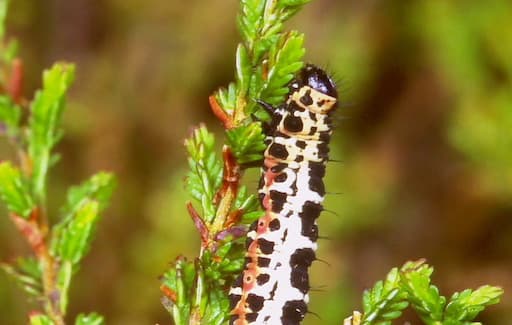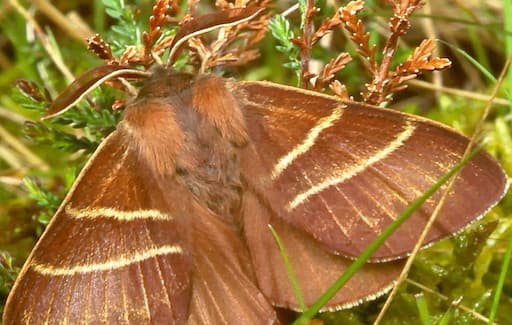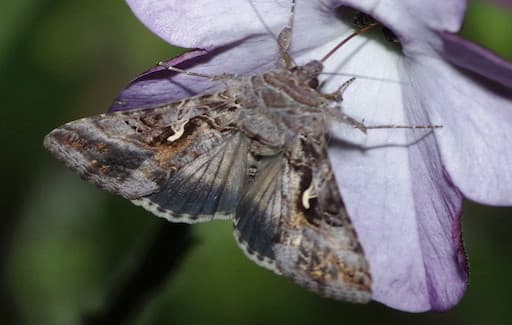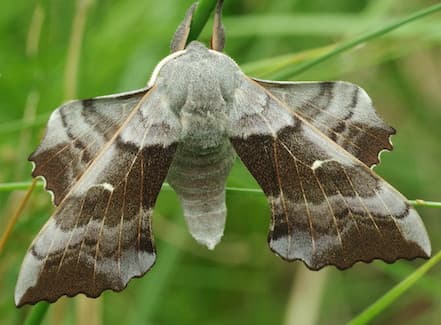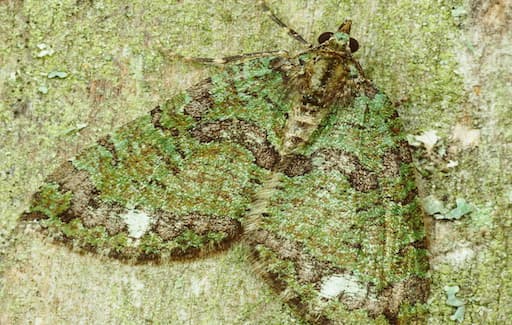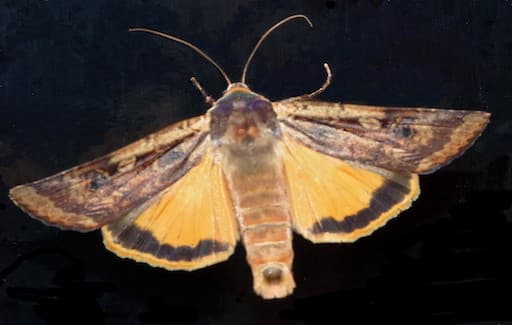A Look at Some of Bennachie’s Moths
Emperor Moth
These clever caterpillars vary their colours for camouflage as they develop. You can often see the caterpillars in August feeding on heather. They over winter as pupae, sometimes for 2 winters! The adult male is day flying, look out for it in April-May.
Magpie Moth
Look out for the adults on heather moorlands and gardens - you can often see them when walking on Bennachie’s paths . The larvae hatch at end of August, they feed on heather and a range of bushes. They over winter as a small larva, then feed and grow during the spring. They can often be seen on heather in June before they pupate and emerge as adults during July.
Fox Moth (like Hector!)
You can see adults in May/June. The males and females look different. The caterpillars are hairy and appear from June-September. They are often seen and feed on heathers, bramble and meadowsweet. They overwinter in the soil , emerge, don't feed again, pupate and the adult emerges in May.
Silver Y
From spring onwards they invade from Europe, sometimes in clouds of millions! They can arrive at any time of year, if there is a mild southerly wind. They breed here, several generations. They rarely overwinter in the UK as caterpillars. You can often see them feeding at flowers in gardens in the summer.
Poplar Hawk Moth
An example of a night flying moth is the Poplar Hawk moth. You may find these in parks, gardens woods, their caterpillars feed on poplars and willows. Their unusual resting posture helps disguise their shape, and make them look less like moths.
July High-flyer
Their larvae feed on bilberry, heather, willows. From April-June they spin silk and stick leaves together for day time hiding places. They come out at night to feed. They can be seen flying mid-July to early October.
Large Yellow Underwing
This is a large moth, 50 mm across, brown, but with yellow hind wings. It can flash these if alarmed to give predators a fright, and the flickering effect makes it hard for the eye to follow the moth in flight. The adults which are quite long lived can be seen May-October. Eggs are laid from July onwards. They overwinter as larvae, feed on grasses, docks, etc.
This is part of the Moths and Caterpillars information.
